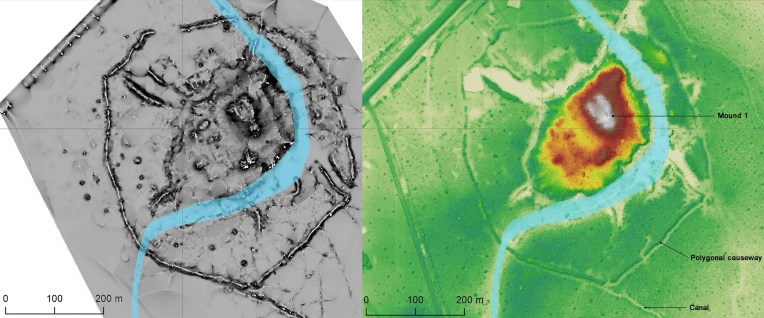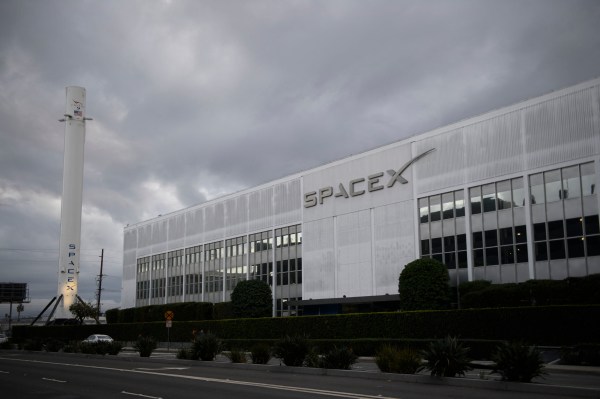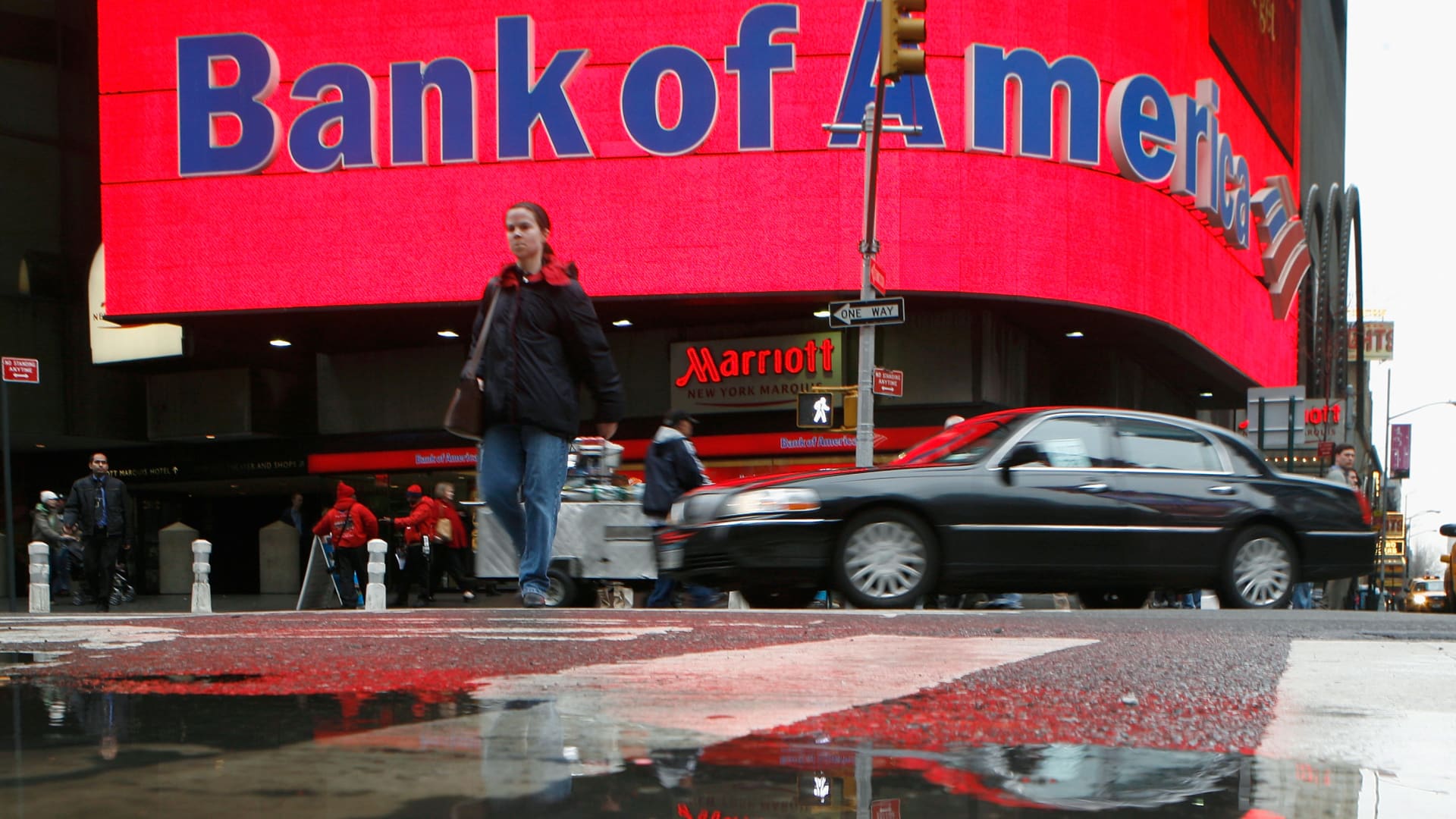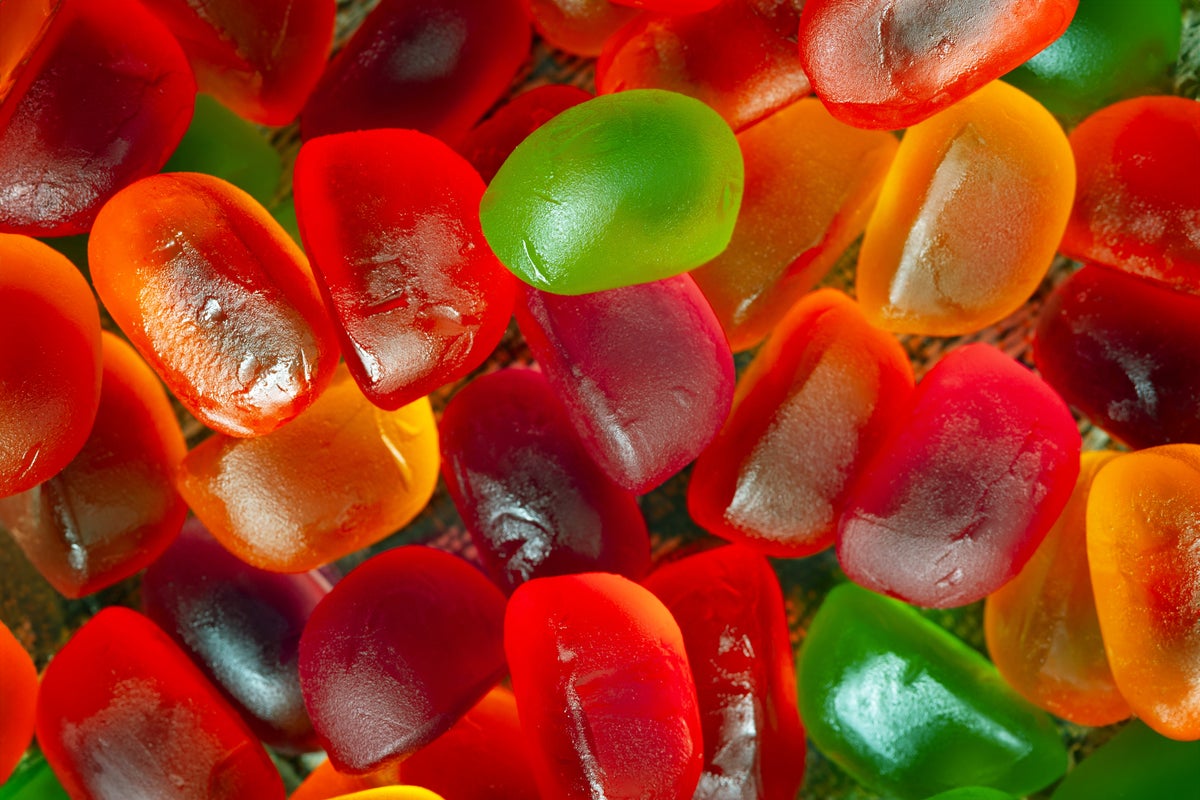With an enormous sperm whale to feast on, Svalbard polar bears gain access to more than just the bear necessities
Life
25 May 2022

Ryan Atkinson/Disneynature
Images Disneynature
POLAR bears roaming the Arctic wilderness are finding it harder to get an easy meal. As sea ice declines due to climate change, it forces bears onto land, away from their main diet of seals. So, when a dead sperm whale washes up on a beach in Svalbard, a Norwegian archipelago, it is a bit of a gift.
“Luck in Svalbard comes in the form of manna from heaven,” says wildlife film-maker Jeff Wilson, who was in the region directing the Disneynature film Polar Bear, which includes footage of bears feeding on the whale carcass.

Ryan Atkinson/Disneynature
When food is plentiful, competition between the bears is reduced. “That’s when you get really interesting interactions,” says Wilson. “It was just a whole bunch of bears happy in their own skin, playing with one another.”
Wilson thinks the carcass was feeding bears for a second consecutive year, re-emerging after a winter under the ice. “We believe there’s about 3 billion calories in a sperm whale,” he says.

Jeff Wilson/Disneynature
This free meal may be a relief for the bears, but a 2020 paper suggests that Arctic polar bear populations could be jeopardised by 2100. “[Their] future is very bleak,” says Wilson. “Solutions depend on humanity shifting its lifestyle and energy consumption if polar bears are to have any chance at all.”
More on these topics:



























































